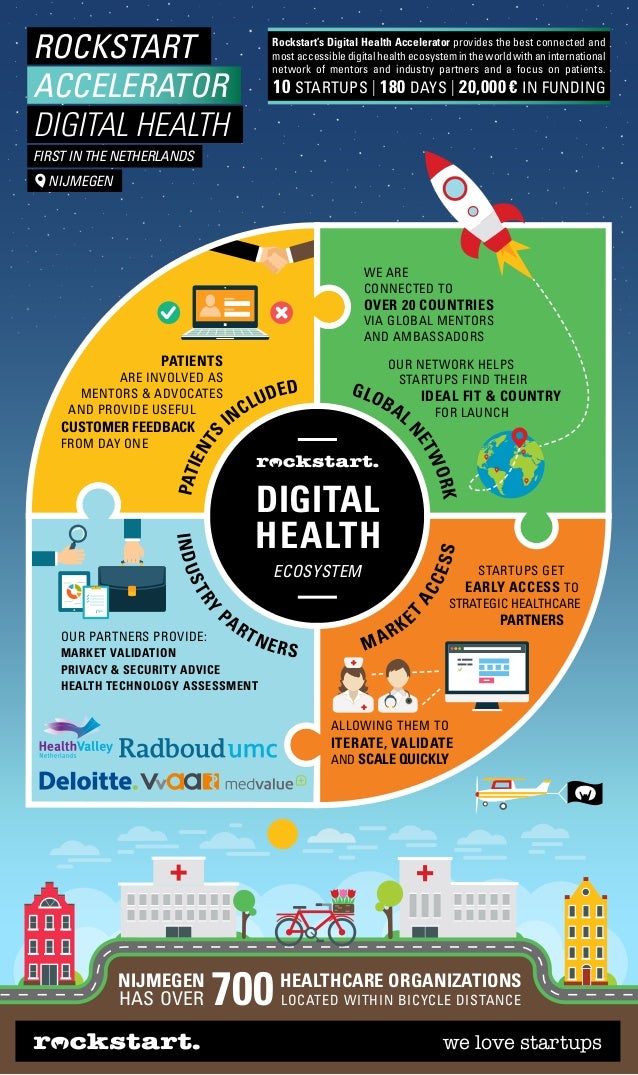Comparing Medical Care And Urgent Care: Deciding When To Accessibility Each Solution

Composed By-Kaae Holmgaard
When it concerns your wellness, recognizing whether to go with health care or immediate care can be important. Recognizing General Women’s Health between these 2 solutions and recognizing the details scenarios where each sparkles is vital for making informed decisions regarding your clinical needs. By understanding the subtleties of medical care and immediate care, you can navigate the medical care landscape more effectively and make certain that you obtain the appropriate level of attention when looking for treatment.
Trick Differences Between Primary Care and Urgent Treatment
Wondering just how primary care varies from immediate treatment and when to choose each? Allow's simplify for you. Health care concentrates on preventive treatment and handling general health and wellness. You check out a medical care doctor for routine examinations, vaccinations, screenings, and continuous health and wellness worries. This kind of care develops a long-lasting partnership with a doctor who knows your medical history and can guide you via various health and wellness issues.
On the other hand, urgent care is for immediate clinical needs that emerge suddenly. If you have a minor injury or ailment that requires timely interest yet isn't serious, immediate care centers are furnished to handle it. They supply extensive hours and walk-in visits, making them convenient for abrupt wellness problems that can not wait on a health care check out.
Variables to Take Into Consideration Before Picking Care
Before choosing in between primary care and urgent care, consider assessing the severity of your clinical concern and the urgency of treatment required.
First, evaluate the severity of your symptoms. If you're experiencing light signs like an acute rhinitis, rash, or small strain, primary care may be suitable. On the other hand, if you have serious signs and symptoms such as chest discomfort, difficulty breathing, severe allergic reactions, or deep cuts requiring instant interest, urgent treatment is likely better.
Additionally, consider the time of day and day of the week. Primary care facilities usually operate throughout normal company hours, while immediate treatment facilities typically supply prolonged hours and weekend break schedule.
One more variable to ponder is expense. Urgent treatment check outs are typically much more expensive than health care sees, so if cost is a problem, primary care might be the much more economical choice.
Understanding When to Look For Urgent Treatment
To figure out when to look for immediate care instead of medical care, evaluate the extent and seriousness of your clinical issue, concentrating on signs like chest pain, problem breathing, severe allergic reactions, or deep cuts that require prompt focus.
If you experience unexpected and extreme upper body pain, specifically if it radiates to your arm or jaw, it can suggest a cardiovascular disease, demanding urgent medical assessment. In a similar way, problem breathing, particularly if it begins all of a sudden or is accompanied by chest tightness or hissing, may represent a serious breathing issue that calls for punctual attention at an immediate care center.
Severe allergies, such as swelling of the face or throat, hives around the body, or problem swallowing, could indicate anaphylaxis, a serious condition that demands prompt therapy. Deep cuts that are hemorrhaging a lot, gaping open, or subjecting underlying tissue must be reviewed at urgent care to avoid infection and guarantee appropriate wound closure.
If you experience any of these signs, seeking immediate care promptly is important for your wellness and well-being.
Final thought
Inevitably, comprehending the difference in between primary care and urgent care is crucial in guaranteeing you get the appropriate level of medical attention for your needs.
By thinking about aspects such as the intensity of signs, time restrictions, and facility accessibility, you can make a notified choice on whether to look for regular treatment from a medical care carrier or instant focus from an urgent care center.
Prioritizing your wellness and wellness begins with recognizing when to look for each solution.

